10 top HR analytics tools to improve workforce efficiency in 2025

List of the top HR analytics tools
The future of workforce management belongs to those who understand their data. HR analytics tools provide businesses with insights that improve hiring, employee engagement, and retention.
In 2025, companies can no longer afford to rely on gut feelings when making HR decisions. Data-driven strategies lead to stronger teams, reduced turnover, and better workforce planning.
Forbes even revealed that ‘intelligent HR’ is becoming a more valuable strategy. This means more and more organizations are leveraging data and analytics to garner more insights into their people.
This guide explores the best HR analytics tools available in 2025, offering insights into their features, benefits, and pricing to help businesses make informed decisions.
What are HR analytics tools?
HR analytics tools, also known as people analytics tools, help collect, analyze, and interpret employee data to improve workforce efficiency.
These tools use data-driven insights to enhance decision-making in recruitment, performance management, employee retention, and workforce planning.
With workforce analysis, companies can identify trends, reduce turnover, and optimize talent management strategies.
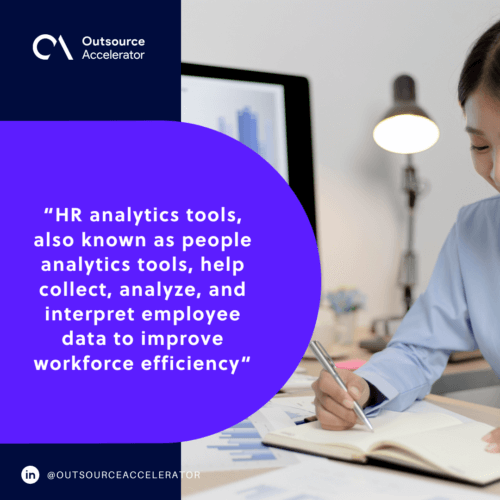
Types of HR analytics
Analyzing human resources falls into four main categories:
- Descriptive analytics. Provides insights into historical workforce data, identifying trends and patterns in employee performance, turnover, and engagement.
- Diagnostic analytics. Explores the underlying reasons behind workforce trends. This helps HR teams understand the root causes of issues like high attrition or declining productivity.
- Predictive analytics. Uses historical data and machine learning algorithms to forecast future workforce trends, such as potential turnover risks or future hiring needs.
- Prescriptive analytics. Goes beyond forecasting by recommending actionable strategies based on predictive insights. This type lets businesses proactively address HR challenges.
5 Benefits of using HR analytics tools
So why should your business bother using HR analytics solutions? Here are some of the advantages of using this type of software:
1. Smarter hiring decisions
HR analytics tools transform hiring from a guessing game into a strategic advantage. They can analyze vast amounts of candidate data to predict job performance, cultural fit, and long-term success within an organization.
Recruiters can also quickly identify top talent, shorten hiring cycles, and reduce costly mis-hires with the help of AI-driven insights already present in these solutions.
2. Stronger employee retention
High turnover isn’t just expensive (it costs American businesses a whopping $1 trillion a year, as per Gallup). It also disrupts productivity and damages morale.
Data interpretation software can detect early warning signs of disengagement by analyzing trends in employee feedback, absenteeism, and performance metrics.
Proactively addressing dissatisfaction allows companies to create targeted retention strategies that improve workplace satisfaction and long-term commitment.
3. Optimized workforce planning
A well-prepared workforce doesn’t happen by accident. HR analytics tools use historical data and industry trends to anticipate hiring needs, bridge skill gaps, and prepare for future workforce demands.
Making data-backed decisions lets companies avoid understaffing, overstaffing, and the inefficiencies that come with poor planning.
4. Increased productivity and performance
Performance bottlenecks can stifle growth, but HR interpretation tools reveal the underlying efficiency issues.
These platforms analyze workflow trends, team collaboration, and workload distribution to provide actionable insights that drive better productivity and heighten engagement.
5. Enhanced compliance and risk management
Labor laws and industry regulations constantly evolve, and non-compliance can result in hefty penalties.
HR analytics tools can provide automated compliance tracking and flag potential risks. They help businesses stay aligned with labor laws, diversity requirements, and employee rights.
Must-have features to look for in HR analytics software
Now that we’ve covered some of the benefits of using HR analytics solutions, here are some of the features to look for in a top-notch tool:
- Real-time data processing. Keeps your insights current and relevant, making sure decisions are based on the latest available data.
- AI and machine learning capabilities. Powers smarter predictions and deeper analysis by using data patterns to anticipate trends and challenges.
- Integration with HR systems. Streamlines your workflow by syncing seamlessly with tools like payroll, performance management, and recruitment software.
- Customizable dashboards. Lets you tailor visualizations to highlight the metrics that matter most to your team.
- Automated reporting. Cuts down on manual work by generating reports automatically, freeing up time for more strategic tasks.
- Security and compliance. Safeguards employee data with robust encryption and ensures adherence to privacy regulations, protecting both the company and its workforce.
10 best HR analytics tools in 2025
Below, we’ve compiled and listed the best HR analytics software, written in no particular order:
1. Qualtrics
Qualtrics is a platform primarily known for gathering and analyzing experience data. While often used for customer and employee surveys, its capabilities extend to HR analytics.
It allows HR teams to collect feedback, measure engagement, and identify key drivers of employee experience through surveys and other methods.
This data can then be analyzed to understand sentiment and identify areas for improvement within the workforce.
Pricing: Custom pricing
2. Power BI
Microsoft’s Power BI is primarily used to visualize and share data across an organization. While not solely for HR, it allows teams to connect various HR data sources and create insightful reports and interactive dashboards.
Users can analyze trends in areas like turnover, hiring, and compensation to support data-driven decisions.
Pricing: Free version available; Priced monthly plans for more features start at $14
3. Excel
Excel might seem old-school, but it remains an indispensable tool for data analytics. Its pivot tables, complex formulas, and data visualization capabilities allow HR professionals to examine large data sets efficiently. Plus, it integrates seamlessly with many HR systems.
Pricing: Included in Microsoft Office or 365 plans (starts at $6/month for the Business Basic plan)
4. One Model
One Model centralizes workforce data from multiple HR platforms, making predictive analytics and workforce planning seamless. It provides AI-driven insights that allow companies to make strategic hiring and retention decisions based on real-time data.
Pricing: Custom pricing
5. Tableau
Tableau is a leader in data visualization, turning complex HR data into interactive dashboards. It helps human resources professionals make sense of workforce trends with intuitive visuals and integrates smoothly with relevant databases.
Pricing: Starts at $35 per user per month
6. Visier
Visier is a cloud-based analytics platform built specifically for HR. It provides deep workforce insights through AI-powered examinations. This helps companies predict attrition risks, diversity trends, and hiring needs.
Pricing: Custom pricing
7. Sisense
Sisense is an AI-powered business intelligence tool that simplifies workforce data analysis. Its powerful data blending capabilities allow HR teams to merge multiple data sources into a single view, making analytics more comprehensive. It features drag-and-drop data modeling for easy use.
Pricing: Free trial available; Offers custom pricing
8. Lattice
Lattice is designed for employee engagement and performance tracking. It allows HR teams to conduct performance reviews, track company goals, and gain real-time insights into employee satisfaction and retention trends.
Pricing: Starts at $10 per user per month
9. Culture Amp
Culture Amp, aka Orgnostic, provides a people analytics platform for small and medium businesses. It simplifies workforce examination by offering automated reports on employee diversity, retention, and productivity trends.
Pricing: Request a quote from their website
10. Orgvue
Orgvue is designed for large organizations to help them analyze and optimize their workforce structure. It’s especially useful for HR teams dealing with complex data sets and organizational charts. This tool uses predictive analytics to offer insights into workforce efficiency backed by data-driven decisions on employee alignment and resource allocation.
Pricing: Custom pricing
Choosing the right HR analytics software for your business
Picking the best HR analytics software isn’t a one-size-fits-all scenario. Consider your organization’s size, the scope of your HR needs, and the complexity of your data. Larger businesses may need advanced tools like OrgVue, while smaller businesses may find tools like Excel or Tableau more than sufficient for their needs.
Another crucial consideration is integration. Many HR analytics tools work best when they can sync with your existing systems. Whether that’s payroll software, performance management tools, or recruitment platforms. Make sure the solution you choose can easily integrate with your existing ecosystem to streamline your workflows.
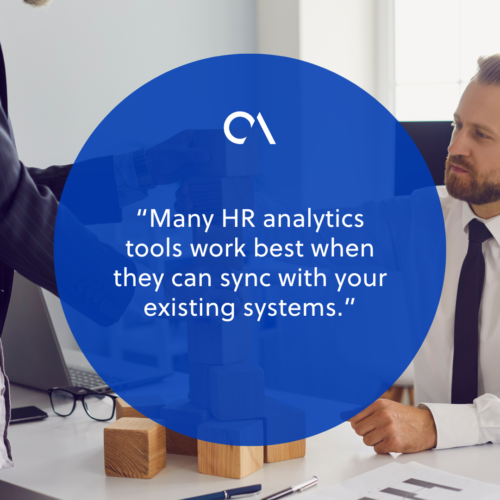
Considerations and mistakes to avoid with HR analytics software
When investing in HR examination tools, it’s easy to get overwhelmed by the variety of options available. However, some key mistakes can be avoided with a little foresight:
- Neglecting data security. Guaranteeing your data is secure should be a top priority. Make sure the software complies with GDPR and other privacy regulations to protect both your company and your employees.
- Overcomplicating analytics. While advanced predictive analytics are valuable, more isn’t always better. Choose a tool that suits your current needs and aligns with your team’s data literacy level.
- Ignoring employee privacy. Transparency about how data is being used fosters trust within your organization. Be open about the type of data being collected and how it will be used.
- Focusing only on cost. It’s easy to get drawn to cheaper options, but when it comes to HR analytics, investing in the right software can provide substantial long-term value. Prioritize functionality and scalability over initial costs.
Reshape workforce management with HR analysis
Analytics tools are no longer just for the data scientist. They’re also now essential for any HR department looking to improve decision-making and boost workforce efficiency.
As workplace culture and systems continue to shift, the ability to harness the power of data will separate the leaders from the followers. By investing in HR analytics tools, businesses not only streamline operations but also create a more engaged, productive, and satisfied workforce.
Data-driven decisions lead to better outcomes, and in 2025, those who embrace intelligent HR will have the competitive edge.

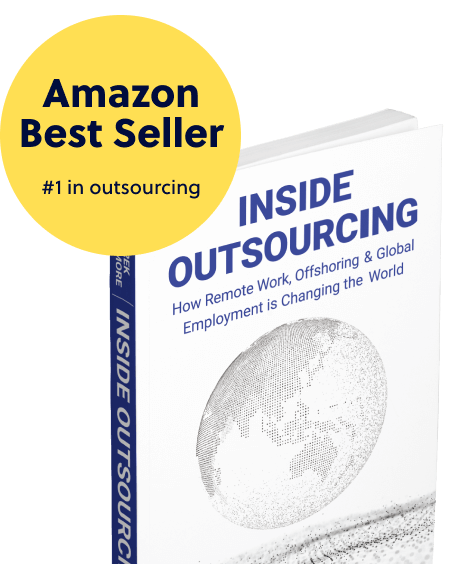


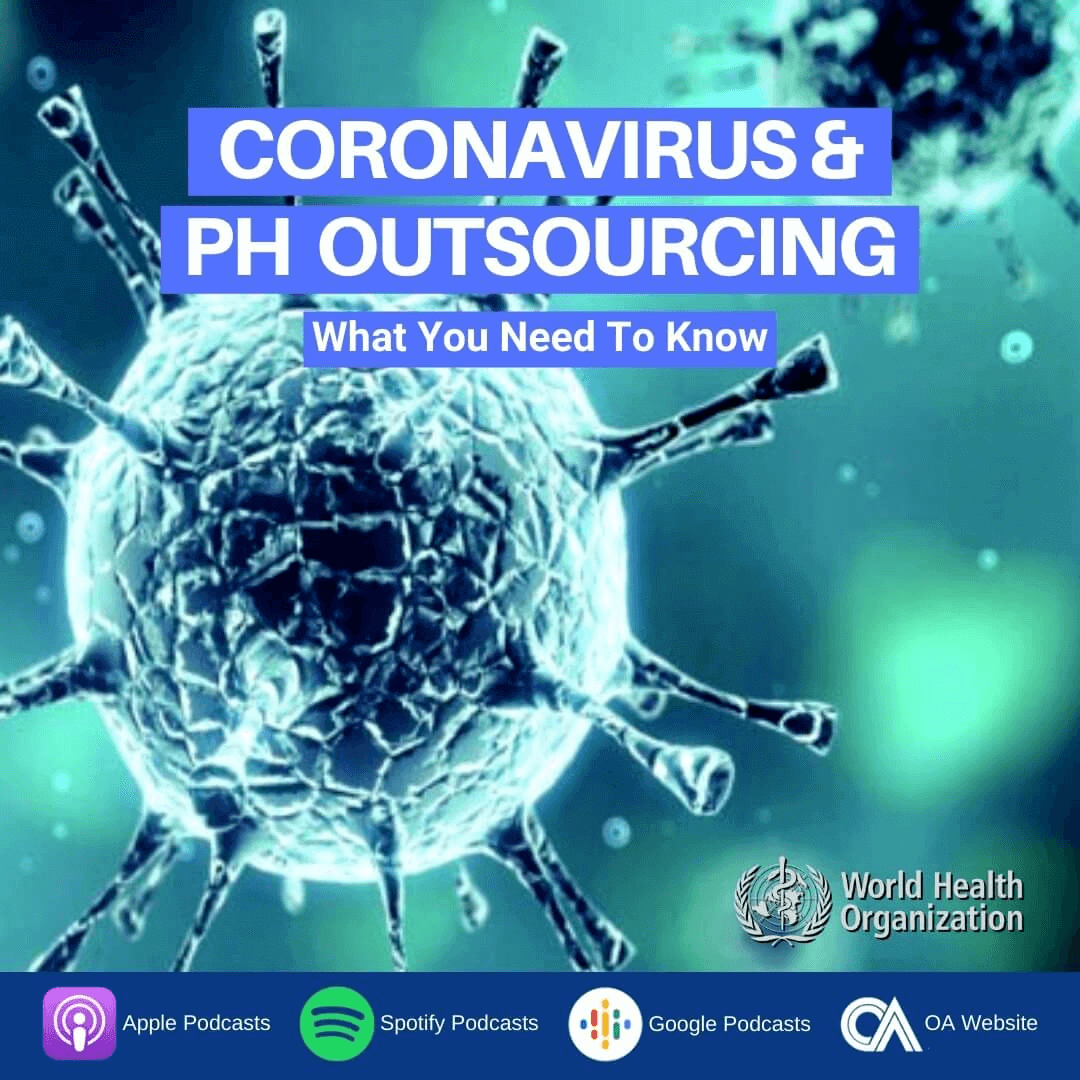
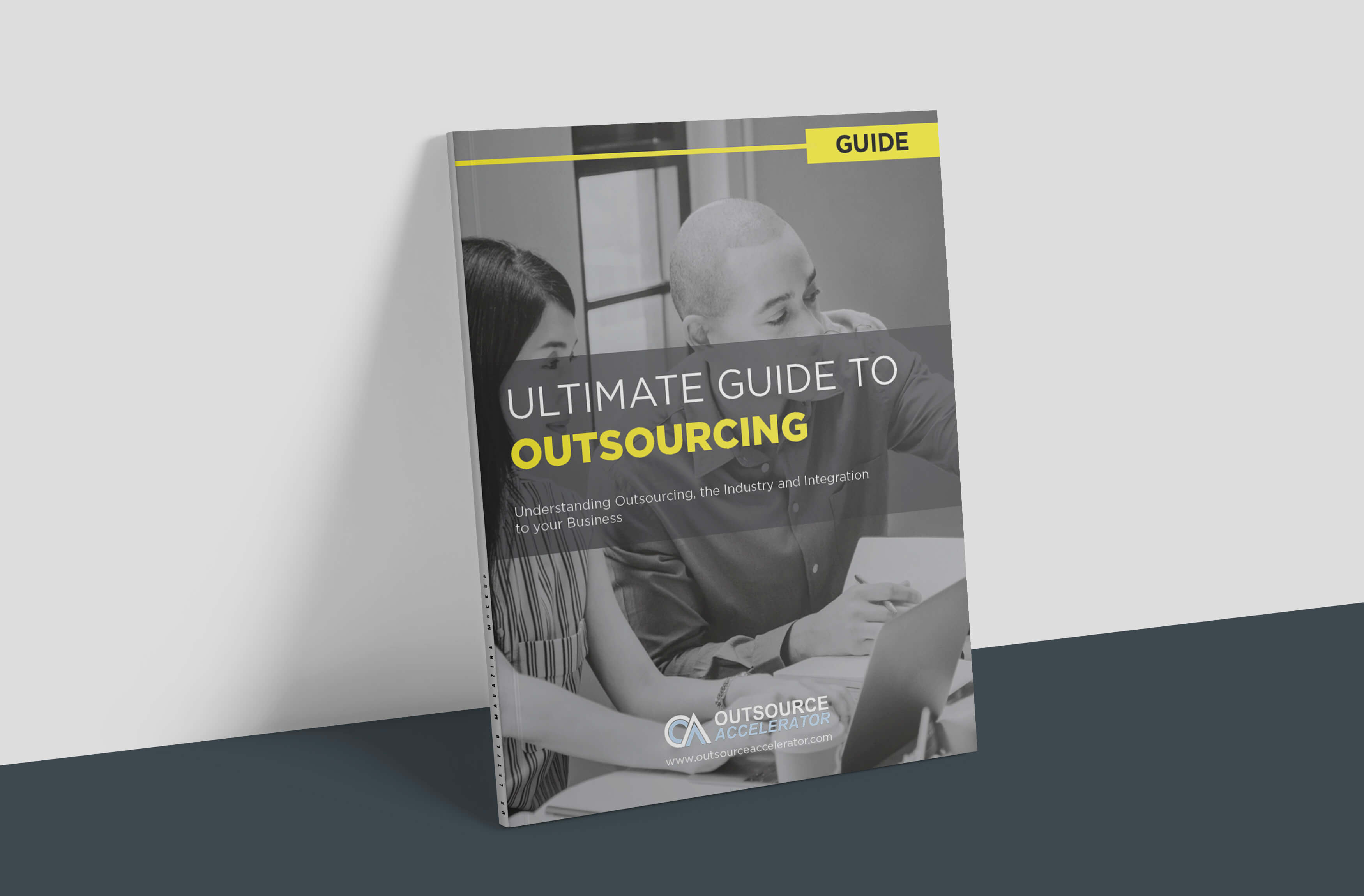

 Independent
Independent




